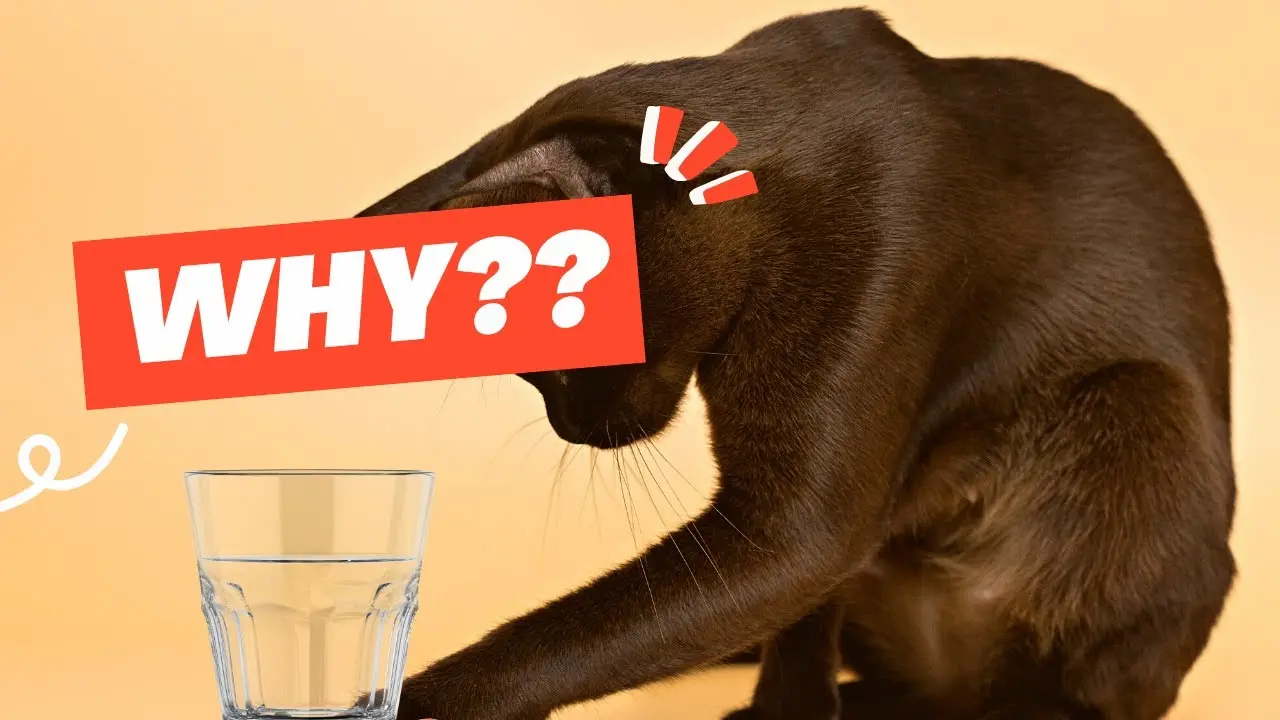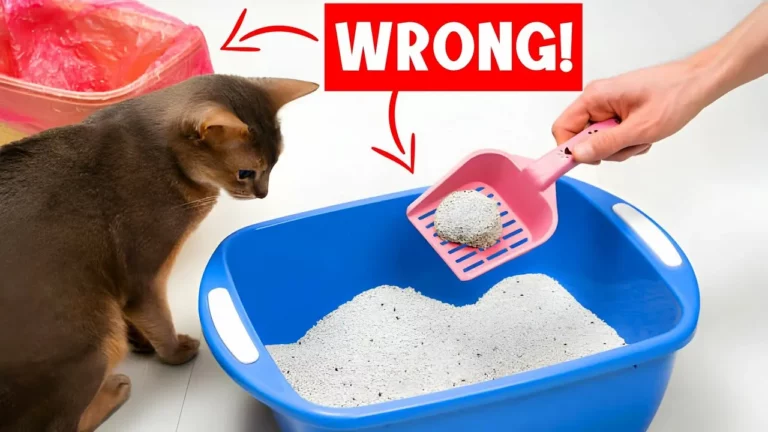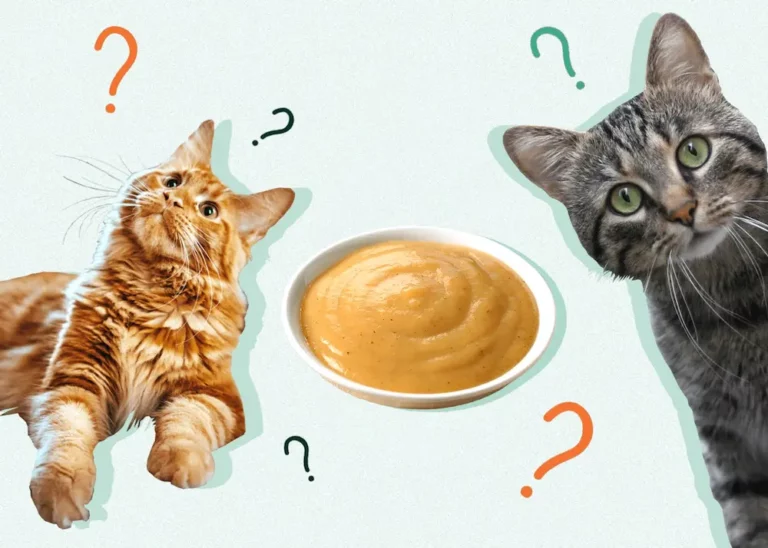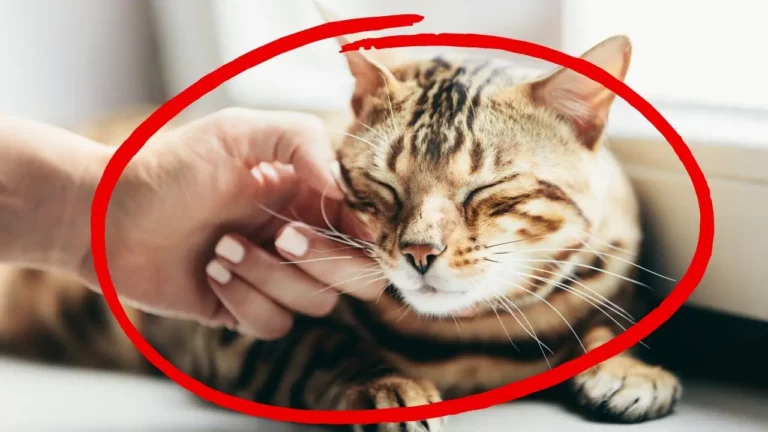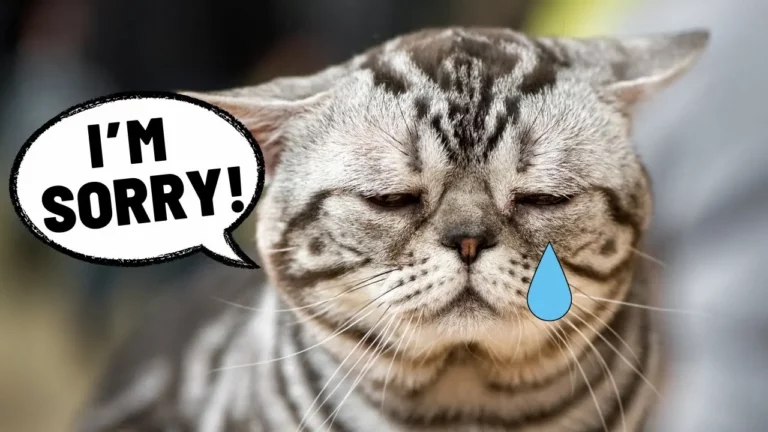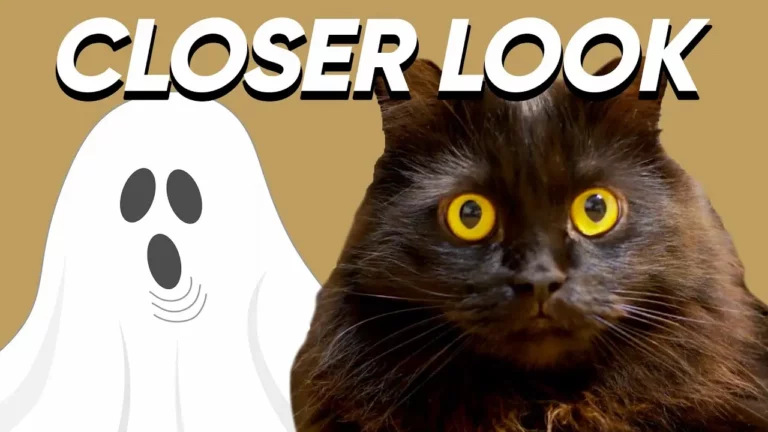Why Do Cats Knock Things Over? The Hidden Truth About Cat’s Weird Behavior
Ever wondered why your
You’re not alone.
This quirky behavior has puzzled pet owners for ages, and it’s more than just
Why Cats Knock Things Over
It’s a common yet baffling behavior. Let’s jump into the science behind it.
The Scientific Explanation
Cats’ instincts play a massive role here.
They’re natural hunters, so their curiosity drives them to explore their environment thoroughly.
When they nudge an item with their paw, they’re not just being mischievous; they’re testing if it’s prey or a threat.
This behavior stems from their wild ancestors who had to assess everything in their territory for safety.
Also, cats have highly sensitive paws.
By batting at objects, they get tactile feedback that helps them understand textures and weights.
It’s a bit like how humans use touch to perceive our surroundings—cats do the same but with more flair.
Psychological Factors Influencing Cat Behavior
Boredom is another biggie.
If cats don’t get enough stimulation, they’ll find ways to entertain themselves, even if it means knocking over your favorite mug.
Providing toys and engaging activities can help divert this energy elsewhere.
Attention-seeking also comes into play.
Some cats figure out pretty quickly that smashing things gets a reaction from you—whether it’s positive or negative doesn’t matter much to them.
So next time Fluffy sends your pen flying, consider if she’s just trying to grab your attention for some petting or playtime.
Stress and anxiety can trigger this behavior too.
Changes in routine, new household members (human or animal), or moving homes can unsettle cats.
In such cases, they might act out by knocking things over as a way of coping.
In my experience as a vet, I’ve seen plenty of cats who use this quirky habit to communicate something deeper about their well-being or environment preferences.
Always observe other signs and consult with professionals if needed; it’s important to understand each
Cat Communication through Actions
Cats have a unique way of communicating, often using actions rather than sounds.
One intriguing behavior is knocking things over, which can reveal how they interact with their environment.
Marking Their Territory
Ever notice your
Cats often do this to mark their territory.
When cats paw or nudge objects, they leave behind scent markers from glands in their paws. This action communicates ownership to other pets around.
For instance, if you bring something new into the house, your
This behavior harks back to their wild ancestors who marked territories using scent and physical markers.
So next time your
Seeking Attention and Interaction
Another reason cats knock things over is pretty straightforward: they want your attention.
Cats are smart creatures that quickly learn what gets a reaction from us humans.
If pushing an item off the table makes you come running, you’ve given them exactly what they wanted—your focus.
I’ve seen many cases where bored or lonely cats start engaging in this type of behavior more frequently.
They crave stimulation and interaction but don’t always know how to ask for it directly.
So yeah, that tumbler hitting the floor might be your kitty’s way of saying “Hey, play with me!”
To address this, try offering more playtime or interactive toys when you’re busy.
Sometimes, simple solutions like these can make a big difference in curbing those gravity-defying antics.
In my experience as a vet, understanding these subtle forms of communication helps build a stronger bond with our cats while addressing their needs effectively.
The Influence of Domestication on Cat Behavior
Domestication has shaped cats in many ways, affecting their behavior and relationships with humans.
Though ancestral traits still linger, domesticated environments have introduced new behavioral patterns.
How Different Environments Affect Behaviors
Cats adapt to various environments uniquely.
When they live indoors, they often showcase different behaviors compared to their wild counterparts.
Why?
Because indoor cats don’t need to hunt for food or fend off predators.
They sometimes knock things over due to boredom or seeking attention.
Outdoor cats experience more stimuli.
They engage in hunting and exploring, which keeps them busy and less likely to exhibit those quirky house behaviors.
But, both outdoor and indoor environments present distinct challenges that influence how cats behave.
Adaptation to Human Interaction
Living with humans brings significant behavioral changes in cats.
Domesticated cats learn to communicate through meows, purrs, and other sounds since we respond to these vocalizations.
Do you ever notice your
That’s a learned behavior adapted from living closely with us.
In my years as a vet, I’ve seen countless cases where the environment impacts
For example, homes with multiple pets may see more territorial behaviors like marking or knocking objects over.
Impact of Diet on Behavior
Diet also plays a crucial role in shaping a
Cats on a well-balanced diet are usually more content and active.
Conversely, poor nutrition can lead to lethargy or hyperactivity.
Sometimes, dietary deficiencies cause stress-related behaviors such as knocking things over.
If your
Providing high-quality food helps maintain balanced energy levels and reduces undesirable habits.
Playtime and Stimulation Needs
Domesticated cats require ample mental and physical stimulation to stay happy.
Unlike their wild relatives who get plenty of exercise hunting, indoor cats must find other outlets for their energy—playtime is vital here.
Interactive toys can prevent boredom-induced behaviors like knocking items off tables.
Regular play sessions mimic stalking and hunting activities that keep your kitty engaged and satisfied.
Conclusion
They’re not just being mischievous; they’re expressing their natural instincts and communicating with us.
By addressing their need for stimulation and ensuring they have a balanced diet, we can reduce these quirky actions and strengthen our bond with them.
Let’s embrace our cats’ unique ways of interacting with the world and find joy in their playful antics.
Whether it’s through engaging playtime or simply observing their behavior, there’s always something new to learn about our cats.
